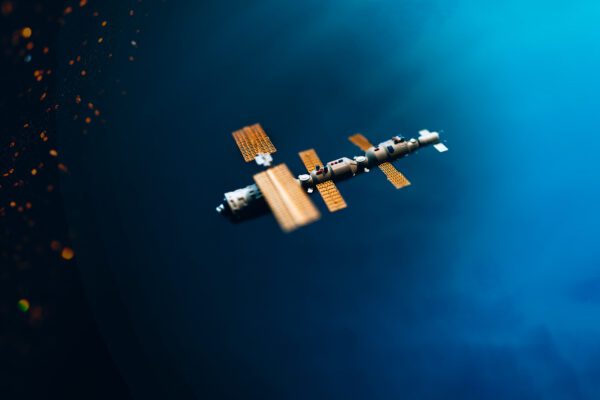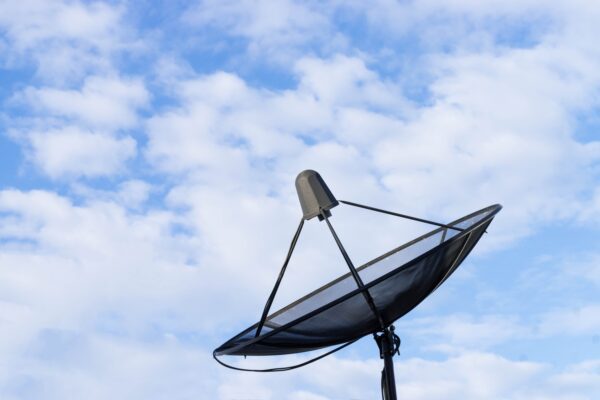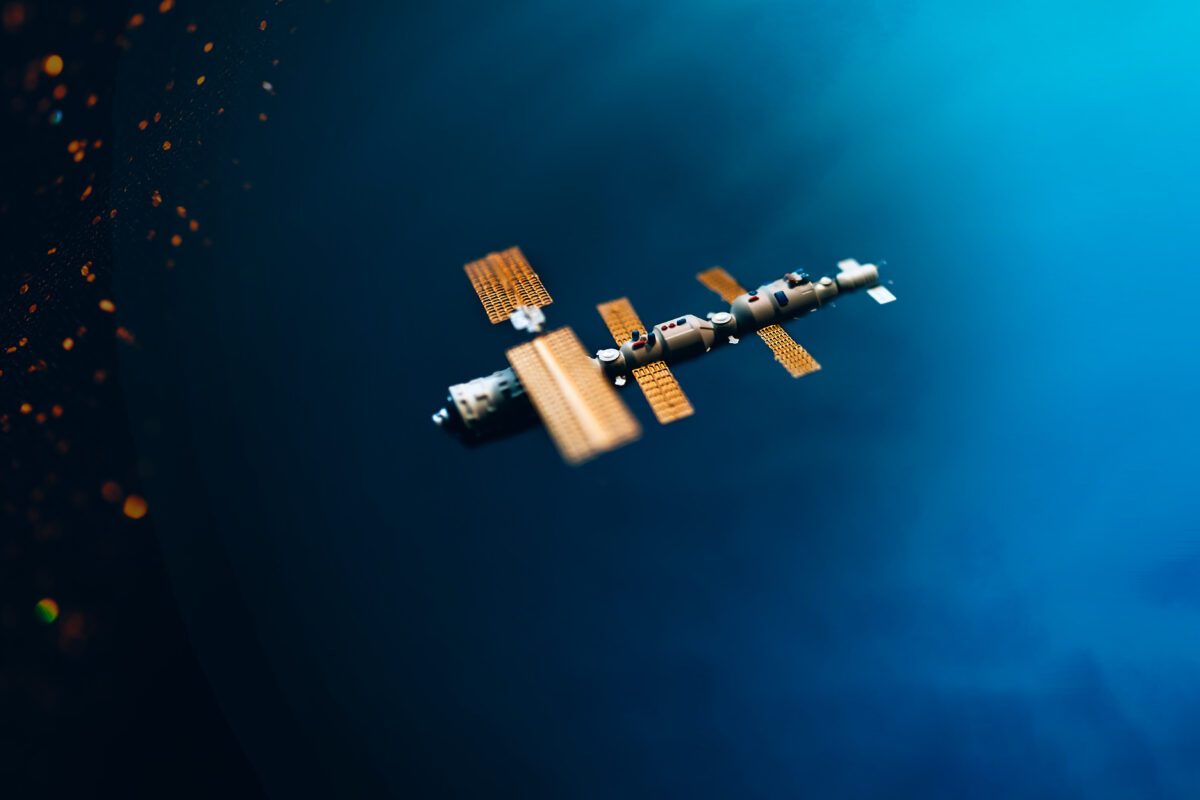Blog, counselor, Location technology
Location technology – what is it anyway?
Location and tracking play a role in many situations in life, at home and also outdoors, various location technologies make it possible to determine a location . With the help of tracking, the position of a person or object is determined and reproduced in relation to the observer. These systems are primarily used for navigation, locating people or objects, and protecting property from theft. There is a suitable location and positioning method for almost every need .
Location technology
The common options differ in the transmission and in the way in which the position is determined. In many cases this has advantages and disadvantages for the user.
Global positioning systems

The most well-known positioning system is GPS, this technology enables global positioning . In order to use GPS, a receiving device is required, a so-called GPS tracker or a GPS chip in the smartphone. The receiver works with satellite signals , which are sent out by the satellite at regular intervals. The GPS tracker can use the transmitted data to calculate and pass on its own position and speed. A SIM card is also required; this sends the calculations to a connected device. This technology offers the user a good overview and full control , so it is also possible to connect several trackers in one account, which makes sense in the fleet of large companies, for example. The use of GPS makes planning easier and optimizes everyday work. In combination with a microphone and a loudspeaker you can talk to the other person, which makes it easier for long-distance drivers or families.
Local positioning systems

In addition to global positioning systems , local variations are also possible, for example positioning using RFID . In this process, objects and people are equipped with so-called tags; it is often used in large production facilities or nursing homes or hospitals . In addition to the small tags, gates are required, these can be placed at exits or certain points in the company, as soon as a tag passes the gate, this information is stored. This means that utilization and productivity can be checked, and it can also be used to protect against theft and check operating resources.
A similar principle can be implemented with Bluetooth low energy , or BLE for short. However, no gates are necessary here; Bluetooth sensors are attached to the appropriate locations. These store the required information and send it reliably to the server.
UWB technology can be used as an option; ultra-wideband describes a radio technology for local short-range areas; small transmitters, so-called tags, are also necessary here. In this case, not signal strengths but transit times are used to calculate the location.
Advantages and disadvantages for the user
All techniques have advantages and disadvantages for the user, so you have to check in advance what makes sense for your own project. Local methods can be sufficient to determine the position within buildings and production facilities; as soon as more precise data is required, a GPS tracker can be used, which calculates positions worldwide.
In many cases, a combination of methods is the best solution, especially when positions inside and outside buildings need to be determined. Although using a GPS transmitter offers many advantages, it does not work completely reliably in closed rooms because the required signal arrives at the receiver weak or distorted. The data collected is stored on the provider’s server and can be accessed by the user at any time. This information can be used to evaluate routes and journeys. In order to use all functions, an additional subscription is required, which incurs monthly costs.
The RFID process does not offer precise location; it is primarily used to identify movements within objects. Although the small transmitters are inexpensive, the necessary gates incur high costs.
Although UWB offers precise location within production facilities, it is not suitable for outdoor use and there are high costs for purchasing the required hardware. The Bluetooth technology described is a cheap purchase, but is susceptible to interference. It is therefore important to check in advance what requirements the user has for the process so that the right solution can be determined for each project.


